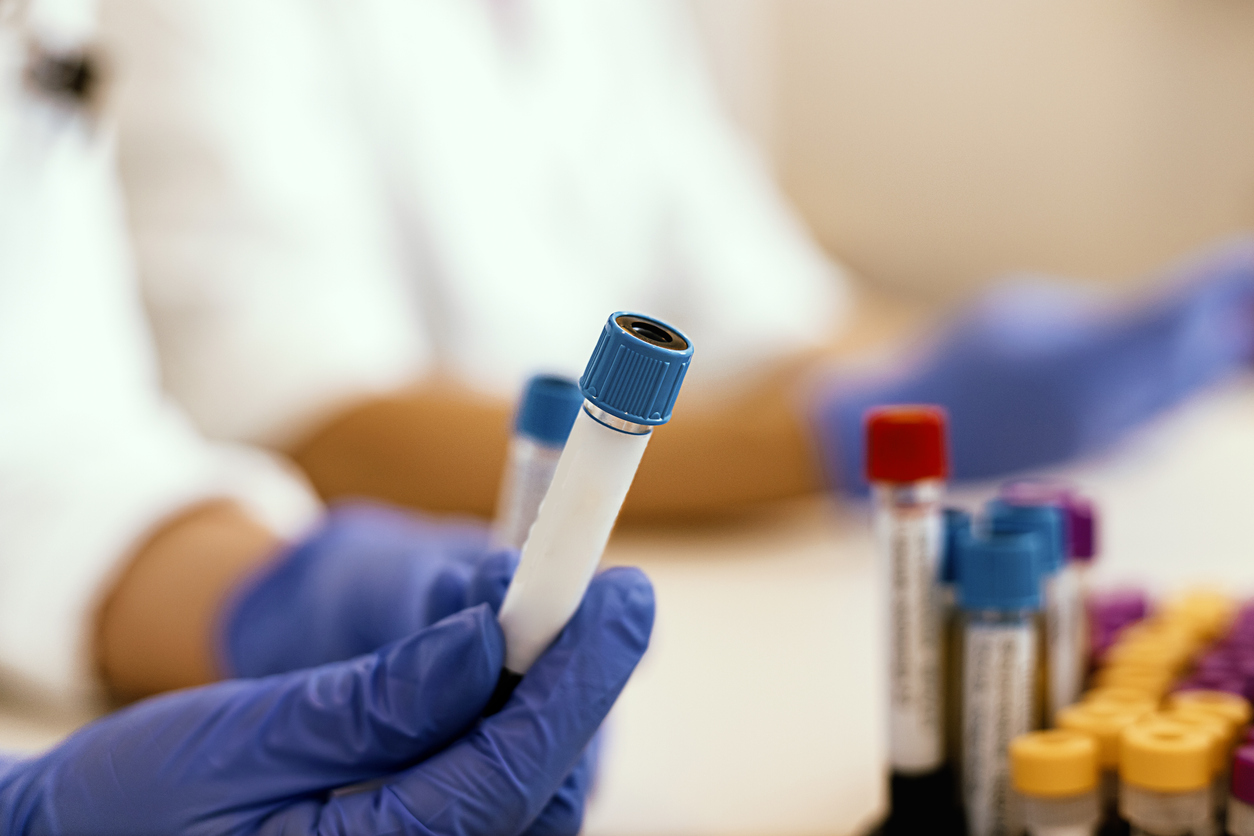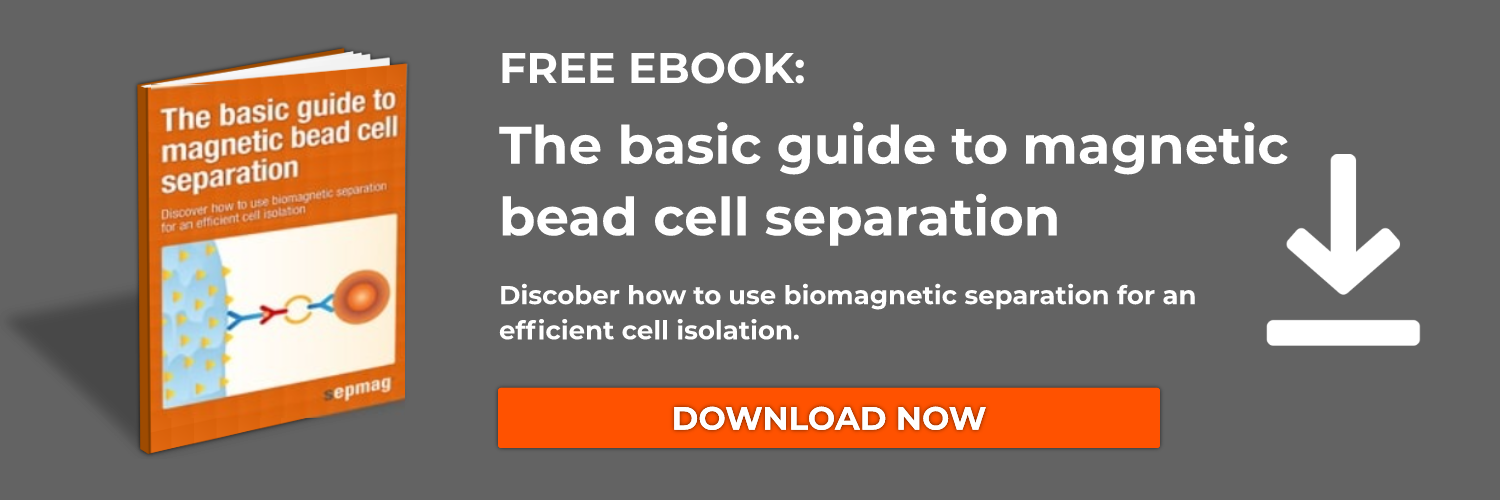Why do a cell based assay?
Cell based assays are used in research and industry as an in vitro test before going to an in vivo model. For example, a company that has developed a drug has to ask several questions about how it works before even moving to any live model. The company needs to know how well their drug binds either a surface receptor of interest or many they are trying to get the drug to go into the cell. Maybe the company wants to know how well the binding of their drug to a cell triggers the desired reactions inside the cell. These types of questions refer to the potency of a drug, or the mechanism of action. Cell based assays are an ideal way to directly test how a compound or protein is interacting with a cell before trying to figure out those molecules interact with an organism as a whole.
Considerations for starting a cell based assay
A cell based assay starts with the cell culturing technique. Cells are first grown in a dish or flask in an optimized environment. As the cells proliferate, they are continuously split and put in new media so they may continue to grow and proliferate in the most healthy and reproducible way. There are various types of media for cell culture as well as different types of cells. Some laboratories choose cells based on what is available in their institution. For proof-of-concept experiments, many labs choose to use cell lines that have been studied for a long time so their cell culturing will be easy and reproducible to eliminate any errors due to trying to grow fickle cell types. There are other available cell lines such as stem cells, or cells that have been genetically altered with CRISPR. Various types of media have been optimized for growing certain cell types, they vary in their composition to provide the correct nutrients and environment (such as pH) for a cell type.
Cell based assays in clinical use
An important use of cell based assays is to test drugs on patient cells. Some drugs that treat one issue will have known side effects that only impact a subset of patients. A cell based assay can help determine if that side effect will be an issue before administering the drug. If the potential issue is in blood cells, a blood sample is taken. Cell types need to be tested separately to access the exact potential downstream issue. It is important to separate cells efficiently and with high purity to ensure the best patient results. To do this isolation step, a popular technique is using magnetic separation to isolate a cell type. Commercial magnetic beads can be purchased both prepared to conjugate with your proprietary antibody/protein or pre-conjugated to capture your cell of interest. You can read more about the process of magnetic bead cell separation in our ebook. Once cells are separated, they can be plated with different potential drug candidates for the patient. The cells are then analyzed, often by flow cytometry, to test how the drugs impact cell proliferation and differentiation.
Final thoughts on cell based assays
There are now many available protocols and products for cell based assays. Cell based assays generally cost much less than moving to maintaining in vivo models. Cell based assays are used all over the world to test the function and efficiency of molecules, particles, proteins and so on. Now that you have read this article you understand why cell based assays are done, how to start them, and a good example of their importance to human health.





